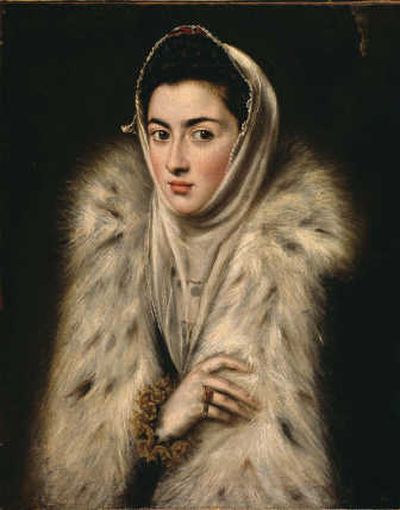Museum makes big impression

“To my mind one does not put oneself in place of the past, one only adds a new link.” – Paul Cézanne
A major new exhibit under way at the Seattle Art Museum sheds new light on the painters of light – that incredibly popular group of artists known as the impressionists.
“Inspiring Impressionism: The Impressionists and the Art of the Past” runs at the SAM through Sept. 21.
“It is a new way of thinking about the impressionists,” says Chiyo Ishikawa, the museum’s deputy director for art and curator of European painting and sculpture.
“We think of the impressionists as completely breaking from their past and setting the model for the avant-garde – which we still seem to be living in, where each generation defies the last generation and asserts itself in a wholly new way,” she says.
However, Ishikawa says: “No art comes from nothing.”
In the latter half of the 19th century, a group of mostly French artists began to paint in a more spontaneous style than their predecessors.
Their intent was to capture a visual impression of a scene, not a detailed representation of it. They frequently took their canvases outdoors and were fascinated by the play of light on the landscape.
“Inspiring Impressionism,” a large-scale survey of more than 80 works, investigates the impact, in both subject matter and style, of the European Old Masters on 19th-century French Impressionism.
The show examines these connections by juxtaposing works by impressionists such as Mary Cassatt, Paul Cézanne, Edgar Degas, Édouard Manet, Claude Monet, Berthe Morisot and Pierre Auguste Renoir with those by such predecessors as El Greco, Jean-Honoré Fragonard, Frans Hals, Francisco Goya and Salomon van Ruysdael.
“The most common way of teaching art history is to compare and contrast work,” says Ishikawa. “By putting two things next to each other, one can ask, ‘How are they alike and how are they different?’ “
Basically, that is what “Inspiring Impressionism” is all about.
“This exhibition gives visitors an unusual opportunity to have that dialogue across time,” says Ishikawa.
One such pairing is El Greco’s “Lady in a Fur Wrap” (1577-80) and Édouard Manet’s “Portrait of Isabelle Lemonnier” (ca. 1879).
Both paintings portray women with pale faces surrounded by dark tones. Each is wearing a fur trimmed garment.
” ‘Lady in a Fur Wrap’ is one of the most compelling women in the whole exhibition,” says Ishikawa. “She is just stunning.”
Manet’s painting features a woman with a “slightly more coquettish look,” says the curator. “It has a coziness that is really beautiful.”
The impressionists were especially intrigued with 17th century Dutch paintings of country and genre scenes featuring daily life.
“Those were the subjects the impressionists wanted to do with their own time. It was natural and real to them,” says Ishikawa.
One beautiful landscape in the show by Monet, “Autumn on the Seine, Argenteuil,” has a lot of things in common with “River Landscape” by van Ruysdael, painted in 1644, she says.
“Both paintings give a feeling of well-being, of a sunny, warm day and everything is peaceful,” Ishikawa says. “You just want to fall into those paintings.”
Seattle is the final stop for the traveling exhibition that was organized by the Denver Art Museum in collaboration with the High Museum of Art in Atlanta and the Seattle Art Museum.
“This is really a beautiful show, no question about it,” says Ishikawa. “People will come and see lovely paintings.
“But it is also inviting you to work a little bit and think about what you are looking at. It is definitely a show to linger over.”